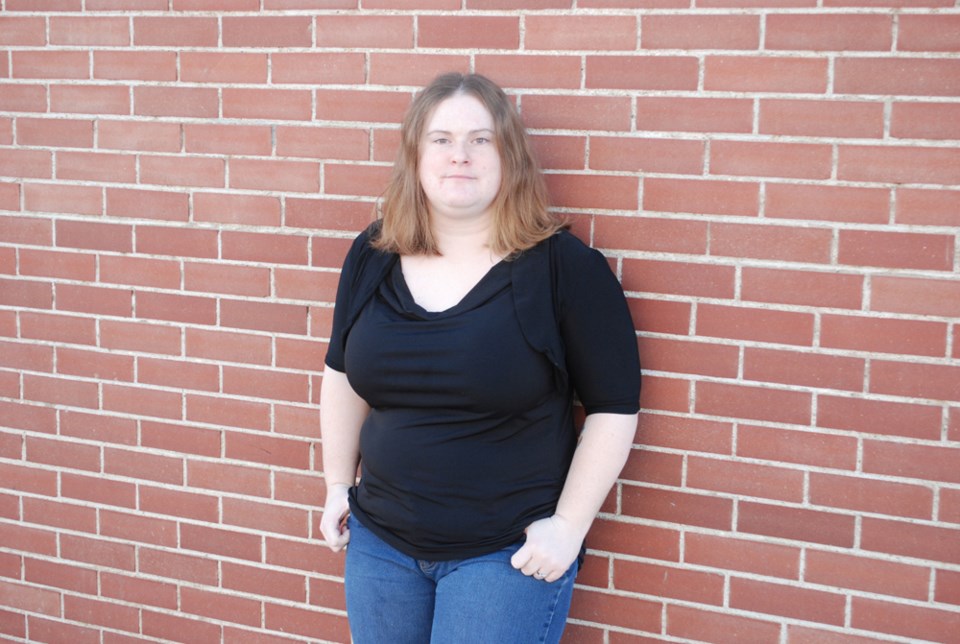According to stopabully.ca, among Canadian children 1 in 7 children from 11-16 and 1 in 4 children from grades 4 to 6 are bullied.
On the other side of this, 11 per cent of students bully younger students once a year while 31 per cent say they would participate.
Pink Shirt Day was Feb. 22 which will be followed by International Day of Pink on Apr. 12.
I love how this got started. Two Nova Scotia boys stood up for a younger boy in their school who was being bullied for wearing a pink shirt by coming to school the next day wearing pink shirts.
By wearing a pink shirt they were making sure the bullies knew that they saw what they were doing and did not believe it was right.
By wearing a pink shirt on pink shirt day we are all saying that we will not tolerate bullying in our home, workplaces, and schools and we are making a promise that we will not become the bully.
However, what more can be done about bullying that goes beyond just wearing a pink shirt?
This goes for both students and adults.
No one deserves to be bullied and that goes for people of all shapes, colour, and sexual orientation.
Anyone can and should intervene when they see bullying happening and thanks to everyone who does.
According to stopabully.ca when someone intervenes it takes 10 seconds for the bullying to stop.
For the people who are bullied, none of this is their fault. Understanding that and making sure people understand that is the first step to making sure we stop bullying.
When people, especially students, understand that they do not deserve to be disrespected by a bully, they are more likely to take it upon themselves to get help or tell someone about it.
By taking away the shame of getting bullied, there will be no shame in seeking help.
As adults, we need to take being bullied seriously. We need to respond to students saying that they are being bullied.
If a student is going to an adult, they obviously trust that adult is going to be able to help them.
At the very least it can be as simple as asking the student if they are okay and what they need at the time.
However, again, here is the flip side of that.
People who bully need help to.
There is always some underlying reason bullying happens and taking a look at the life of the bully it may surprise people that they have problems too.
Either they need to take out their own frustrations on some undeserving victim or they have some form of jealousy that they chose to deal with via bullying.
That is where we need to focus. If we turn our efforts to those who bully as well as those who are bullied, that is 100 per cent of the problem right there.




